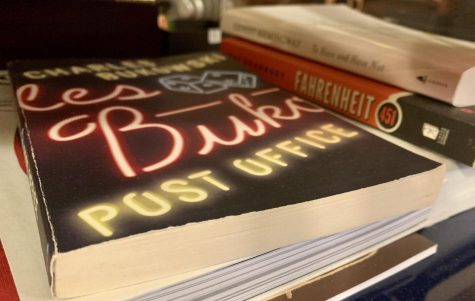Book Banning in American Schools: A Divisive Issue of Censorship and Politics
In recent months, an escalating wave of controversy surrounding book banning has swept across classrooms nationwide, sparking heated debates among concerned parents and educators. The removal of literary works from school curricula has become a deeply divisive issue, particularly books that feature LGBTQ+ themes or characters, characters of color, and books addressing racism. With a significant number of banned books in schools across the country, it is important to examine the motivations behind these bans and understand the implications they have on education and society.
Book banning has emerged as a highly publicized issue, drawing significant media attention. In order to gauge the gravity of book banning, it is essential to examine recent statistics. These numbers provide valuable insights into the prevalence and scope of the issue. By doing so, we can separate fact from fiction and make out the true extent of the problem. During the first half of the 2022–2023 school year, an astounding 874 different books were banned, according to PEN America, a free speech organization that tracks book bans. Amongst these bans, LGBTQ+ topics are present in 41% of publications that are prohibited. In 40% of the stories, there are black protagonists or supporting characters, and in 21% of the stories, racial or racist concerns are discussed. According to PEN America, Florida ranked as the state with the most book removals, following behind Texas in terms of total removals. Books at the center of controversy, include renowned titles such as The Perks of Being a Wallflower by Stephen Chbosky, The Bluest Eye by Toni Morrison, The Handmaid’s Tale by Margaret Atwood, Gender Queer: A Memoir by Maia Kobabe, A Court of Mist and Fury by Sarah J. Maas, and even the beloved classic Charlotte’s Web by E.B. White, have found themselves at the center of these heated discussions. The importance of these books is further emphasized by having dedicated sections of banned books at bookstores like Barnes and Noble in Blue Back Square.

The impact of book banning extends beyond the pages of these specific works, resonating deeply with Generation Z who are the primary audience for many of these targeted books. A student from Hall High School comments, “It’s so frustrating and infuriating to think about this issue. I strongly believe that everyone should be able to read any kind of book, no matter what it’s about. It’s like with history books, not everything we read is going to be what we want to hear, but that doesn’t mean it’s any less important. Different perspectives and narratives are what make literature meaningful and valuable.” As members of Gen Z grow up in an increasingly interconnected and diverse world, their exposure to a wide range of perspectives and ideas is vital for their intellectual growth, empathy development, and understanding of social issues. However, book banning threatens to halt these crucial aspects of their education and personal development.

The motivations behind book banning can be complex. One perspective suggests that certain states are tackling political issues in an extremist manner. This implies that the bans may be driven by a desire to control the narrative and limit exposure to ideas and perspectives that challenge existing beliefs or ideologies. The banning of books featuring LGBTQ+ themes, characters of color, or addressing racism may reflect a reluctance to engage with diverse identities and experiences. Another viewpoint is that book banning may be driven by genuine concern for the well-being and upbringing of children. However, this perspective raises questions about the potential negative effects of limiting access to books that can foster empathy, understanding, and critical thinking among students. It is essential to consider whether such bans hinder the development of open-mindedness and cultural competence in future generations. A third perspective is that book banning may be utilized as a shock tactic to appeal to right-wing voters in the upcoming presidential election. The contentious nature of the issue and the polarization it creates could potentially be leveraged by politicians to rally support and solidify their base. However, it is crucial to approach such claims with skepticism, as the motivations behind political decisions are often complicated and influenced by various factors.
The issue of book banning in American schools has become a divisive topic, triggering debates among parents, educators, and advocates for free speech. The high number of banned books and the calculated focus on certain themes and identities emphasize the necessity to thoroughly investigate the motivations behind these bans. It is vital to consider the potential consequences of limiting access to literature. By understanding the complexities surrounding book banning, society can strive towards implementing an inclusive and educational environment for future generations.





